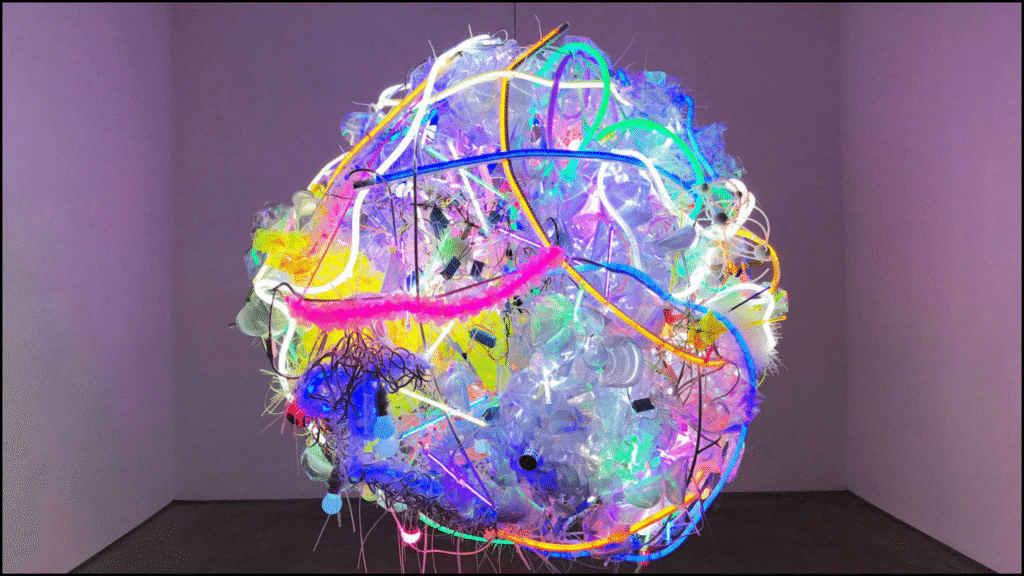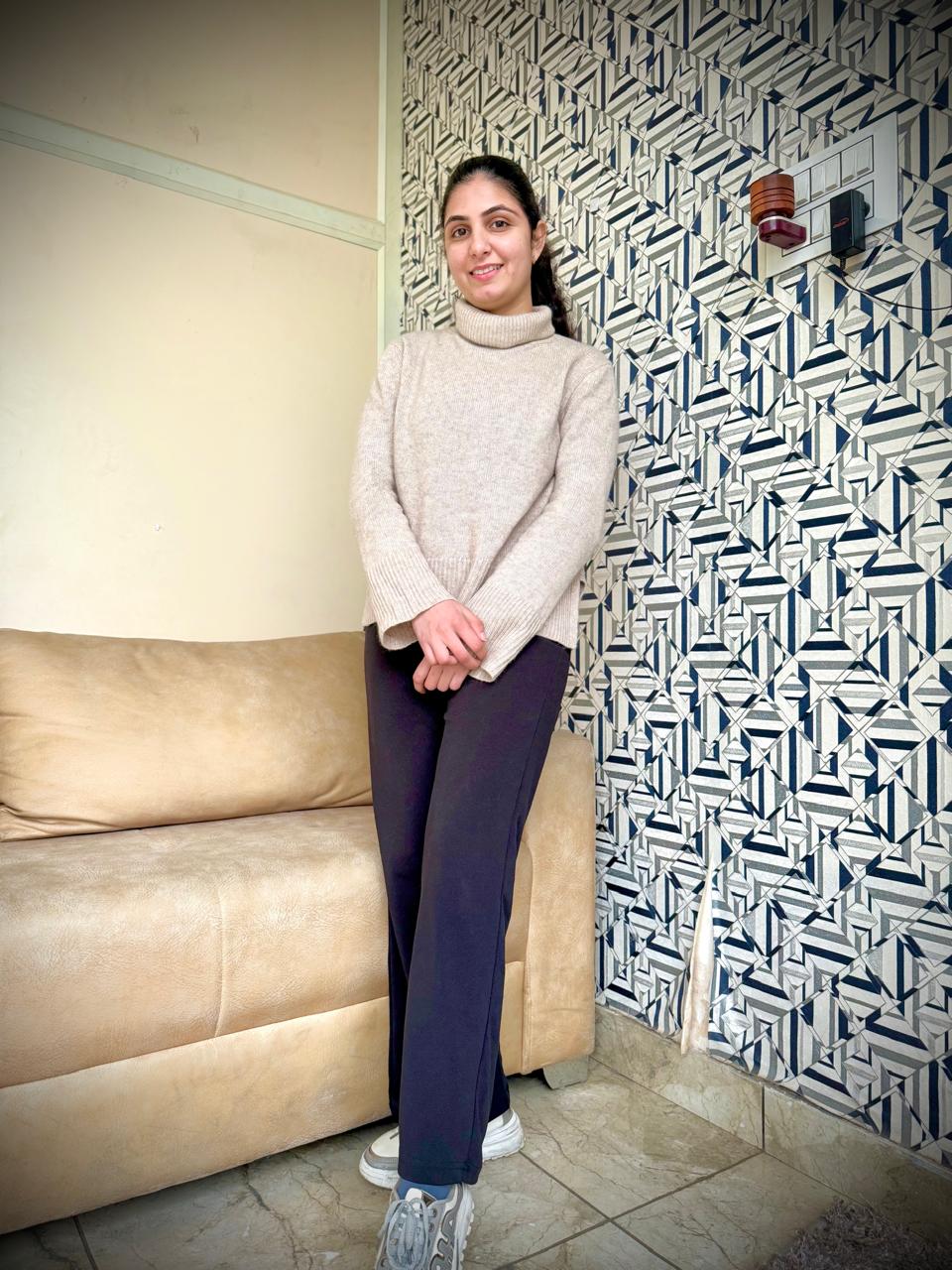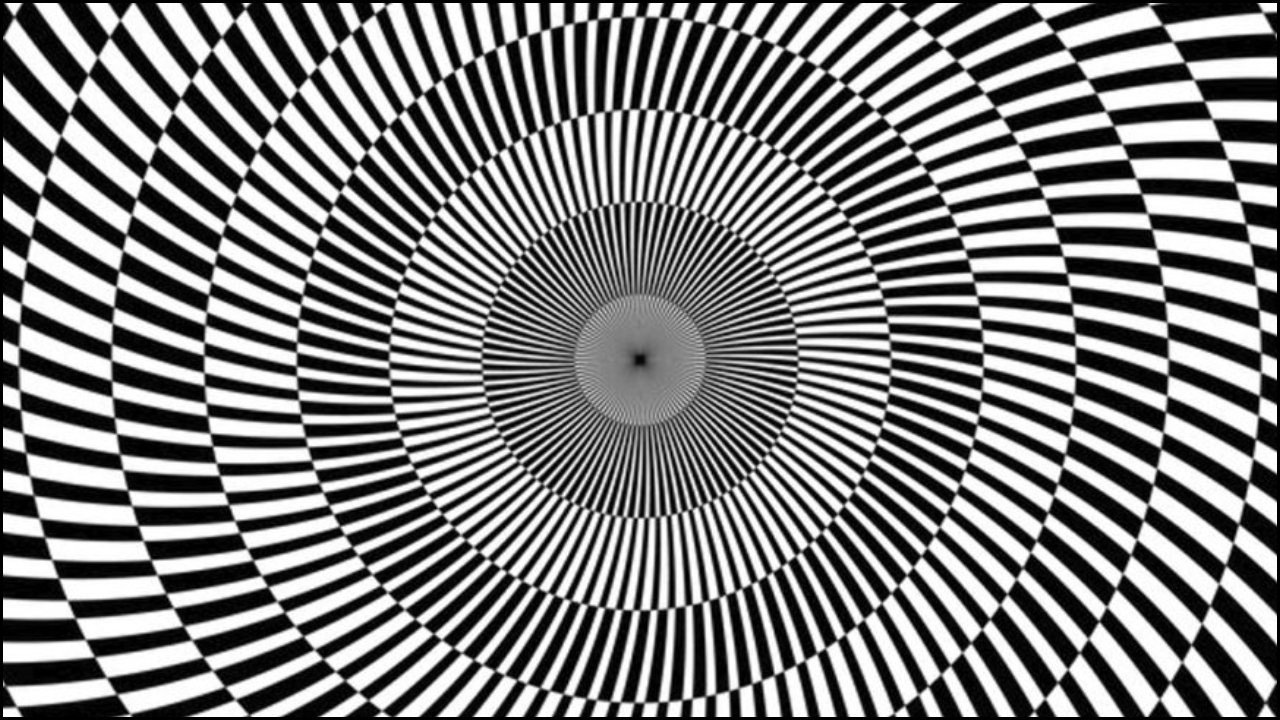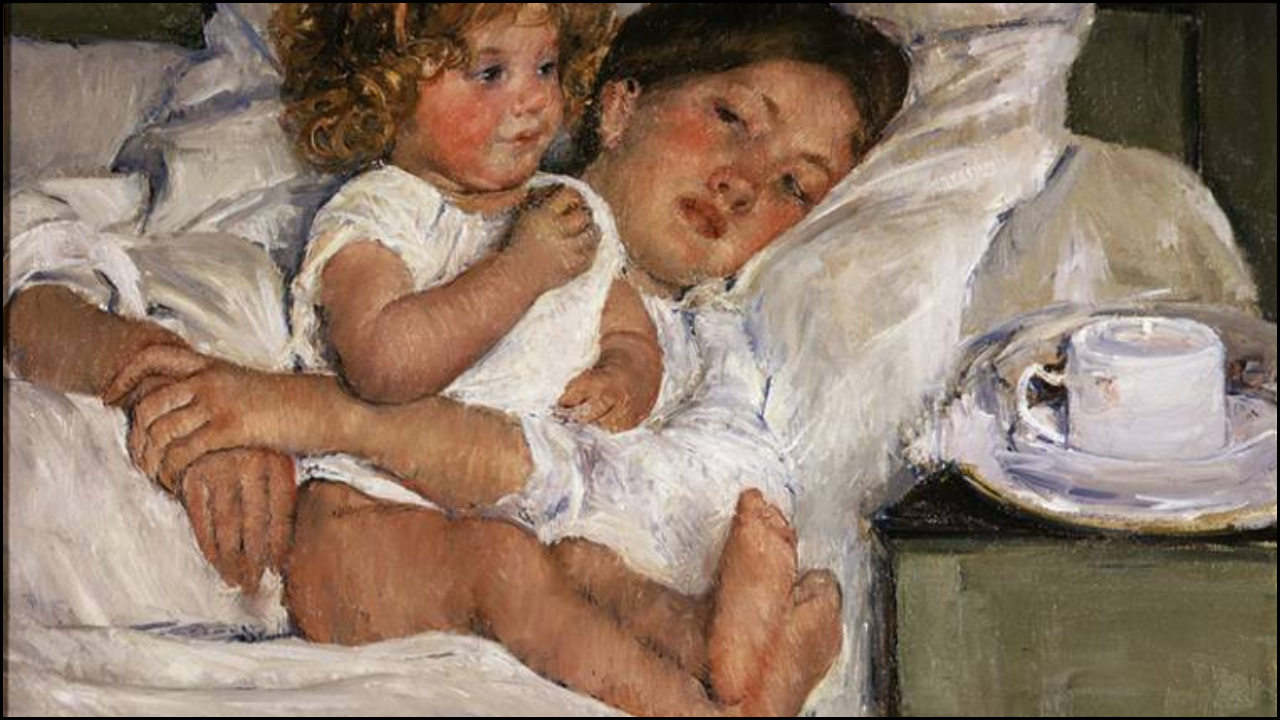
Art constantly finds new forms of expression by blending traditional and modern materials. Wire and light, when brought together, create a fascinating intersection of structure and illumination. Contemporary artists are increasingly turning to these two media to redefine sculpture, installation, and public art. Wire provides the skeletal framework, while light enhances depth, motion, and emotion. Together, they transform ordinary spaces into immersive environments. This article explores how artists employ wire and light in innovative ways, the techniques they adopt, and the impact these works have on audiences.
Table of Contents
Material Qualities of Wire and Light
- Wire
- Offers flexibility and strength.
- It can be bent, twisted, or woven into intricate shapes.
- Serves as both a visible structure and an invisible armature.
- Light
- Adds dimension and atmosphere.
- Changes perception through shadows, reflections, and refractions.
- Provides dynamic interaction, unlike static traditional sculpture.
Techniques Used by Contemporary Artists
- Wire Sculpting
- Thin or thick wires are molded into shapes resembling figures, animals, or abstract forms.
- Open frameworks allow light to pass through, casting intricate shadows.
- Integrated Lighting
- LED strips, fiber optics, or neon lights are embedded within wire structures.
- Creates glowing outlines or internal illumination.
- Projection and Shadow Play
- Spotlights or colored lights directed at wire forms generate shifting patterns on surrounding walls.
- Shadows become part of the artwork itself.
- Suspension and Mobility
- Lightweight wire allows sculptures to be suspended.
- When combined with light, these moving pieces create kinetic effects.
Applications in Contemporary Art
- Public Installations
- Large wire frameworks illuminated with colored lighting are often displayed in urban spaces.
- Viewers experience the works differently during the day and at night.
- Museum Exhibitions
- Artists use controlled lighting to manipulate shadows, guiding audience interpretation.
- Stage and Performance Art
- Wire-light installations enhance live performances, adding layers of meaning.
- Interactive Artworks
- Some installations respond to audience movement, adjusting light intensity or colors.
Symbolic and Conceptual Uses
- Transparency and Fragility
- Wire conveys openness, while light emphasizes delicacy.
- Represents vulnerability or fleeting human emotions.
- Transformation and Energy
- Light suggests motion and vitality, turning wire forms into living presences.
- Interconnection
- Twisted wire structures illuminated with interwoven light strands symbolize networks, relationships, or communication.
Key Ways Artists Use Wire and Light Together
| Aspect | Use in Art | Impact on Viewers |
|---|---|---|
| Sculptural Framework | Wire shapes act as the structural base while light defines outlines. | Viewers perceive a fusion of material and immaterial elements. |
| Shadow Play | Light through wire casts dynamic patterns on walls and floors. | Creates a sense of movement and storytelling. |
| Color Expression | Colored LEDs or neon lights are integrated into wire designs. | Generates moods and emotions connected to the hues. |
| Transparency | Open wire frameworks illuminated with subtle lighting. | Suggests fragility, impermanence, and dream-like states. |
| Kinetic Installations | Suspended wire-light pieces that shift with airflow or human interaction. | Produces ever-changing visual experiences. |
| Digital Integration | Wire forms combined with projection mapping and interactive sensors. | Allows audiences to engage actively with the artwork. |
Notable Examples of Wire and Light Art
- Ruth Asawa
- Famous for suspended wire sculptures.
- While not all illuminated, many works inspire contemporary artists to use light to expand perception.
- Olafur Eliasson
- Known for immersive light-based installations.
- Combines geometric structures with lighting to create atmospheric environments.
- Beverly Pepper
- Used steel and wire with integrated lighting to form monumental outdoor installations.
- Emerging Artists
- Younger creators experiment with recycled wire and programmable LED lights.
- Focus on sustainability and interactivity.
Traditional vs Contemporary Approaches
| Element | Traditional Sculpture | Wire-Light Contemporary Art |
|---|---|---|
| Material Use | Stone, wood, clay, or bronze. | Wire combined with LED, neon, or fiber optics. |
| Form | Solid, heavy, and permanent. | Lightweight, transparent, and flexible. |
| Interaction | Primarily visual and static. | Immersive, interactive, and responsive. |
| Atmosphere | Natural lighting determines perception. | Artificial lighting is designed to control mood and storytelling. |
| Symbolism | Often focused on permanence and durability. | Emphasizes change, fragility, and interconnection. |
Impact on Viewers and Society
- Emotional Engagement
- Light amplifies mood, while wire structures add raw expressiveness.
- Spatial Awareness
- Shadows and illuminated lines redefine space, altering how audiences move through it.
- Cultural Dialogue
- Works often comment on themes such as technology, sustainability, and human connection.
- Accessibility
- Public installations bring art beyond galleries, engaging wider communities.
Future Trends in Wire and Light Art
- Smart Materials
- Use of conductive wire combined with programmable light sources.
- Augmented Reality Integration
- Viewers may soon experience layered digital visuals over physical wire-light works.
- Eco-Friendly Designs
- Solar-powered lighting and recycled wires reflect sustainability concerns.
- Hybrid Performances
- Dance, theater, and music increasingly incorporate live wire-light installations.
Future Possibilities
| Innovation | Potential Application |
|---|---|
| Interactive Sensors | Sculptures that respond to human touch or proximity. |
| Programmable LEDs | Artworks changing patterns with time or sound input. |
| Sustainable Materials | Recycled metal and solar-based lighting reduce environmental impact. |
| Mixed Reality | Integration of digital overlays with wire-light physical sculptures. |
The Bottom Line
Artistic creativity thrives when unlikely materials come together in harmony. Wire and light, once considered utilitarian, now shape contemporary art in ways that are both innovative and thought-provoking. Wire provides form and structure, while light offers movement and atmosphere. Together, they expand the possibilities of sculpture and installation, transforming both private and public spaces. Contemporary artists using these mediums not only create visually stunning works but also engage audiences in deeper reflections on fragility, transformation, and human connection. The combination of wire and light will continue to influence the future of artistic expression.





